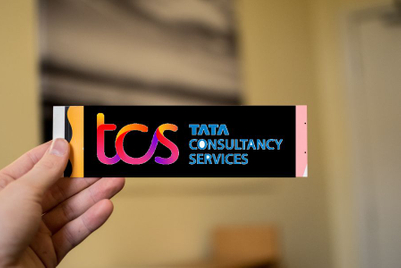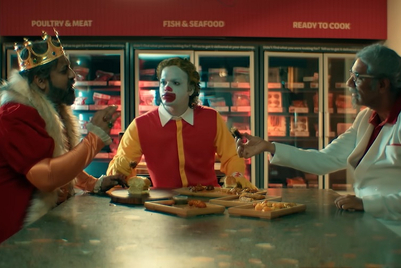.png&h=570&w=855&q=100&v=20250320&c=1)
From ChatGPT’s Ghibli fest aesthetic to Google Veo 3’s Nano Banana phenomenon, these trends increasingly serve as advertisement modes for brands to engage their audiences and demonstrate their continued relevance. The latest trend gaining significant traction is the ‘Mock Apology’ trend. This trend is a deliberate subversion of traditional marketing expectations. While conventional advertisements strictly adhere to a pro-brand narrative by focusing solely on positive attributes, this trend intentionally introduces a pseudo-negative element of the apology. This strategic move, however, is merely a guise. The brand is not truly expressing regret, but rather using the structure of an apology to perform self-advertisement; the supposed "flaw" (being too addictive, too strong, or too desirable) is, in fact, the brand's primary selling point, which makes the messaging instantly engaging and memorable. Brands across every sector rapidly embraced the trend, ranging from major players like Skoda (apologizing for cars "too hard to part with") and Ambuja Cement (for cement "so strong even your drill regrets it") to Haldiram's and Myntra. Notably, as soon as the trend gained traction, medium and small enterprises also began issuing their mock apology statements. These posts reportedly gained more visibility on LinkedIn than on Instagram, due to the perception that the corporate-letter format resonated as a more professional and relevant marketing approach on the B2B-focused platform. The ad is also stylised as a seemingly official corporate-style letter with solemn typography, a formal subject line, and even bullet points at times listing the brand's "regrets" for causing too much love or addiction. Instead of being an actual apology, brands issue a statement that is instead a form of humble-bragging, creating dissonance between the formal tone and the humorous, self-praising content. A key driver of this trend's success is its distinct break from the prevailing "ad slop"—the usual advertising that relies on a relentlessly positive tonality. For Gen Z, this shift toward acceptance and humor achieves greater engagement than overly polished campaigns. Furthermore, the format's intrinsic shareability has been crucial in driving its rapid explosion across social platforms. However, the trend has now become a "must-do" checklist item for creative teams, leading to intense pressure to be original within a standardized format. Further, self-advertisement in this format has become quite repetitive. Critics argue that using "sorry" for playful bragging dilutes the weight of genuine apologies and risks appearing tone-deaf if a brand has actual service issues. Trends like these, though often short-lived, successfully leverage a novel format to draw attention to a brand's core qualities and strengths.What is the ‘Mock Apology’ trend? Why are all brands saying sorry?
What is driving its success?
Is it still working for all brands?









+(1).png&h=334&w=500&q=100&v=20250320&c=1)
.jpg&h=334&w=500&q=100&v=20250320&c=1)
.jpg&h=334&w=500&q=100&v=20250320&c=1)
.jpg&h=268&w=401&q=100&v=20250320&c=1)

.jpg&h=268&w=401&q=100&v=20250320&c=1)


.jpg&h=268&w=401&q=100&v=20250320&c=1)
.jpg&h=268&w=401&q=100&v=20250320&c=1)

